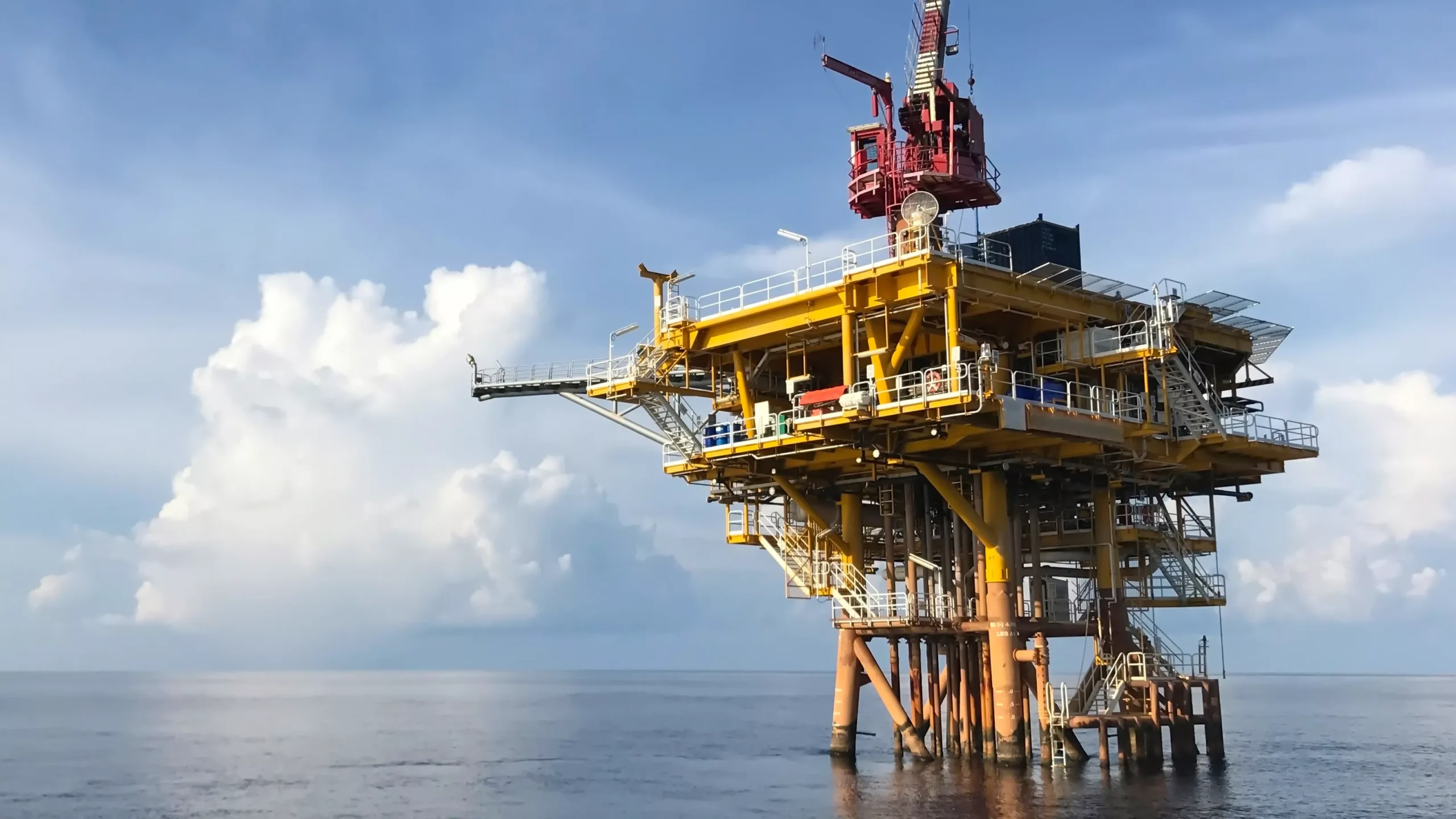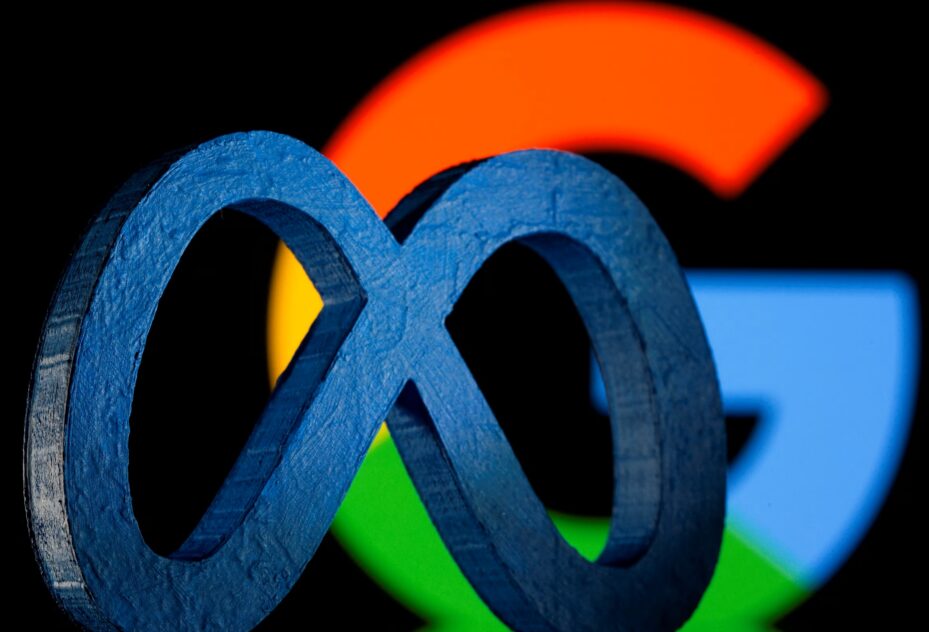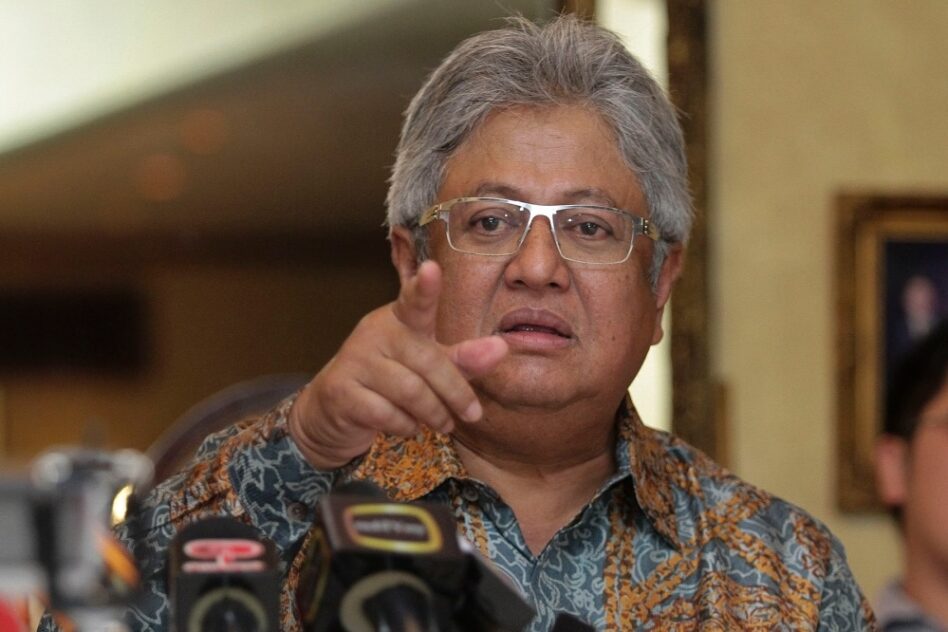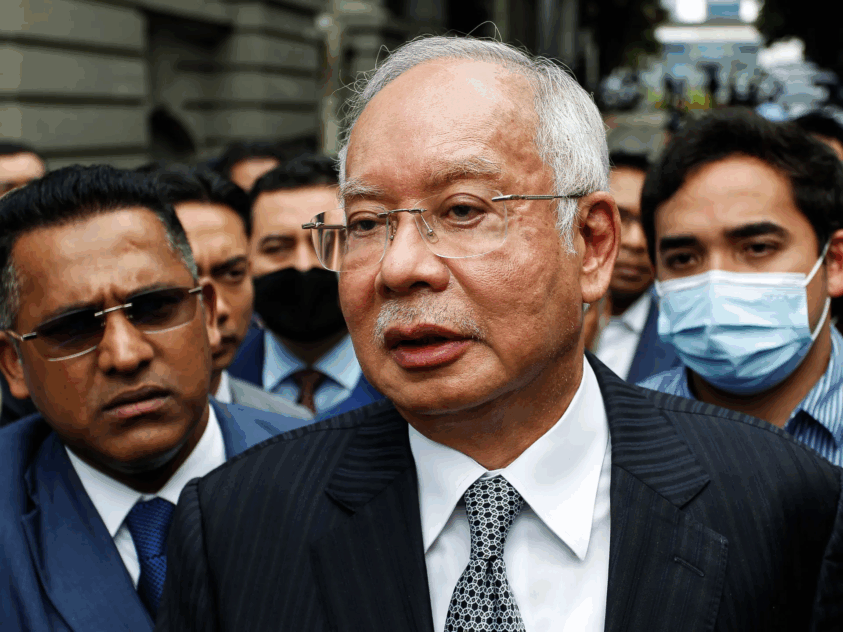DESPITE a marginal decline in Offshore Support Vessel (OSV) requirements due to an expected reduction in drilling activity in 2025, Malaysia OSV owners’ association (MOSVA) still sees buoyant OSV demand this year.
“The slight demand drop in rig count to 20 in 2025 is unlikely to pose a material dent on local OSV demand as rig operations mainly rely on bigger tonnage vessels, which are mostly foreign-owned,” said Hong leong Investment Bank (HLIB).
Although local fleets are prioritised under the cabotage policy, 30% of more than 300 fleets operating in Malaysia are foreign-flagged vessels. This indicates that the local OSV capacity crunch is covered by foreign vessels.
The average age of MOSVA’s member fleets stands at 13.2 years versus the 20-year operational lifespan. The industry’s ageing fleet and the rising attrition rate underscores the need for a fleet renewal cycle to maintain sufficient vessel supply in the coming years.
Notably, MOSVA highlighted that there will be a critical shortage of AHTS vessels beyond 2030.
Furthermore, 10-15% of MOSVA’s fleets are cold-stacked and idle, with most unlikely to make a comeback due to poor conditions and high reactivation costs.
Nonetheless, fleet renewal remains challenging, as banks are reluctant to finance new vessel purchases without a sizable upfront payment (50%) or a long-term contract attached.
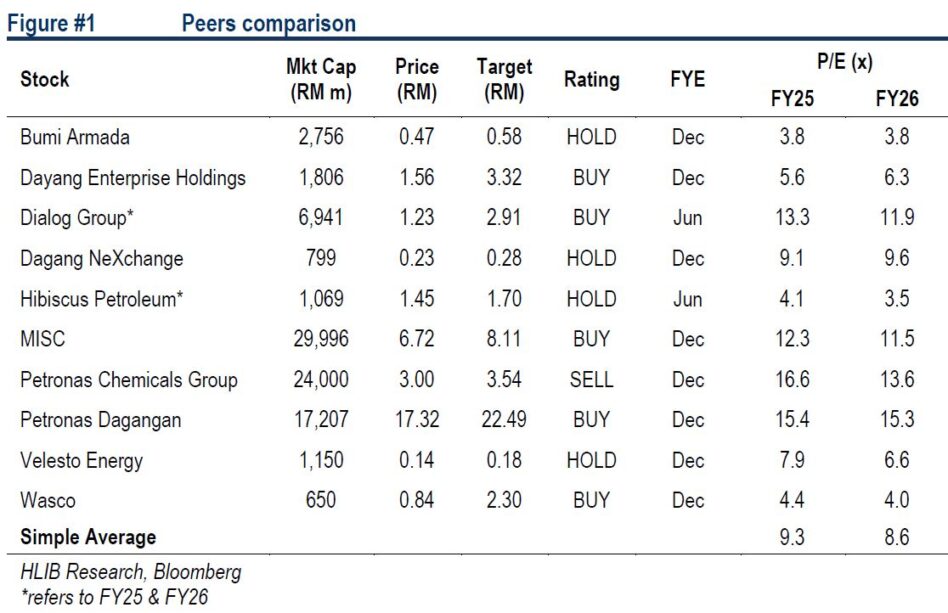
“We gathered that the OSV charter rates are expected to remain stable in 2025, on the back of resilient vessel demand for offshore operations alongside persistent vessel crunch in Malaysia,” said HLIB.
Day rates for vessels under long-term charter is comparable to the elevated levels seen in 2024.
In Jan-25, the US President Trump revoked the offshore oil and gas leasing bans that blocked drilling in most coastal waters.
Should the offshore activities in the US/Gulf of America gains momentum, the region could compete for vessels from other markets.
This could also lead to vessels diversions from the SEA to the Middle East. While this development has yet to materialise, a potential outflow of foreign vessels operating in Malaysia could further drive up OSV day rates.
“We retain our NEUTRAL rating on the sector as we stay selective on names with resilient earnings profile and lower sensitivity to Petronas’s upstream capital expenditure programs,” said HLIB. —Apr 8, 2025
Main image: Rockwell Automation


